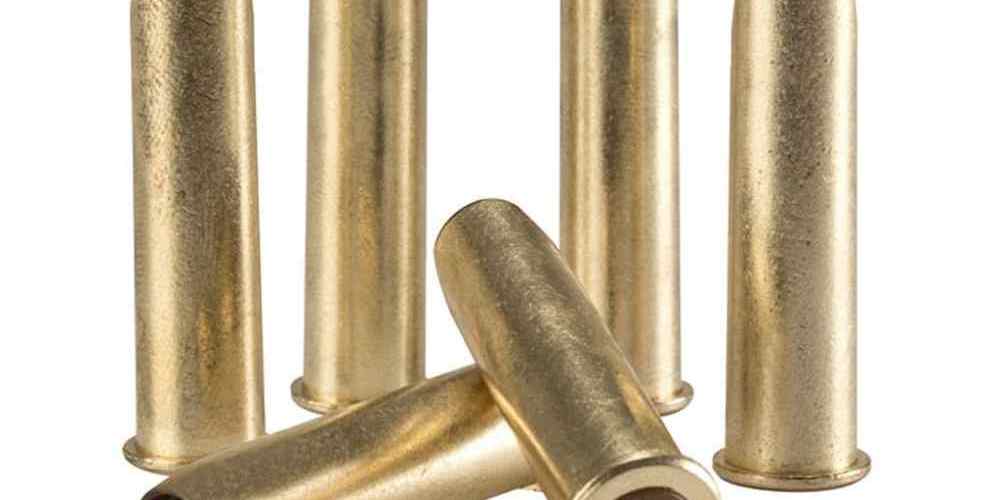“Revolver Cylinder Timing: Get Your Timing Right the First Time!”
How to Diagnose Revolver Cylinder Timing Issues
Revolver cylinder timing issues can be difficult to diagnose, but with the right knowledge and tools, it can be done. To begin, it is important to understand the basics of revolver cylinder timing. The cylinder must rotate in a precise manner in order for the revolver to function properly. If the timing is off, the revolver will not fire correctly.
The first step in diagnosing revolver cylinder timing issues is to inspect the revolver for any visible signs of damage or wear. Look for any signs of excessive wear on the cylinder, frame, or barrel. If any of these components appear to be worn, they should be replaced.
Next, inspect the cylinder for any signs of binding or misalignment. If the cylinder is not aligned properly, it will not rotate correctly and will cause timing issues. If the cylinder is binding, it should be lubricated and adjusted.
Once the revolver is inspected and any necessary repairs are made, it is time to test the timing. To do this, the revolver should be loaded with dummy rounds and the cylinder should be rotated. If the cylinder does not rotate smoothly, the timing is off.
If the timing is off, the next step is to adjust the timing. This can be done by adjusting the cylinder stop, the hand, or the cylinder pin. Each of these components can be adjusted to ensure that the cylinder rotates properly.
Finally, the revolver should be tested again to ensure that the timing is correct. If the revolver still does not function properly, it may be necessary to take it to a gunsmith for further diagnosis and repair.
By following these steps, revolver cylinder timing issues can be diagnosed and repaired. With the right knowledge and tools, it is possible to diagnose and repair revolver cylinder timing issues.
The Benefits of Regularly Inspecting Revolver Cylinder Timing
Regularly inspecting revolver cylinder timing is essential for maintaining the accuracy and reliability of a revolver. Proper timing ensures that the cylinder rotates in sync with the hammer, allowing the gun to fire accurately and reliably. When the timing is off, the revolver may not fire at all, or the bullet may not be properly aligned with the barrel, resulting in misfires or inaccurate shots.

Inspecting the timing of a revolver is a relatively simple process. First, the cylinder should be removed from the frame and inspected for any signs of wear or damage. If any damage is found, the cylinder should be replaced. Next, the cylinder should be re-installed and the timing checked. This is done by cocking the hammer and observing the cylinder as it rotates. If the cylinder is not rotating in sync with the hammer, the timing should be adjusted.
Regularly inspecting revolver cylinder timing is important for several reasons. First, it ensures that the revolver is firing accurately and reliably. Second, it helps to prevent misfires and other malfunctions. Finally, it helps to extend the life of the revolver by preventing unnecessary wear and tear on the cylinder and other components.
In conclusion, regularly inspecting revolver cylinder timing is essential for maintaining the accuracy and reliability of a revolver. Proper timing ensures that the revolver is firing accurately and reliably, and helps to prevent misfires and other malfunctions. Regular inspections also help to extend the life of the revolver by preventing unnecessary wear and tear on the cylinder and other components.
Understanding the Different Types of Revolver Cylinder Timing Problems and How to Fix Them
Revolver cylinder timing problems can be a major issue for gun owners, as they can cause the gun to malfunction or even become dangerous to use. Fortunately, understanding the different types of timing problems and how to fix them can help ensure that your revolver remains in good working order.
The most common type of revolver cylinder timing problem is known as “end shake.” This occurs when the cylinder is not properly aligned with the barrel, causing the cylinder to move slightly when the gun is fired. End shake can be caused by a number of factors, including worn or damaged parts, improper assembly, or a loose cylinder pin. To fix end shake, the cylinder must be removed and the parts inspected for wear or damage. If necessary, the parts should be replaced or tightened.
Another type of timing problem is known as “cylinder gap.” This occurs when the gap between the cylinder and the barrel is too large, causing the cylinder to move too far when the gun is fired. Cylinder gap can be caused by a number of factors, including worn or damaged parts, improper assembly, or a loose cylinder pin. To fix cylinder gap, the cylinder must be removed and the parts inspected for wear or damage. If necessary, the parts should be replaced or tightened.
Finally, “cylinder lockup” is another type of timing problem that can occur in revolvers. This occurs when the cylinder does not lock into place properly, causing the gun to malfunction or become dangerous to use. Cylinder lockup can be caused by a number of factors, including worn or damaged parts, improper assembly, or a loose cylinder pin. To fix cylinder lockup, the cylinder must be removed and the parts inspected for wear or damage. If necessary, the parts should be replaced or tightened.
In conclusion, understanding the different types of revolver cylinder timing problems and how to fix them is essential for gun owners. By inspecting the parts for wear or damage and replacing or tightening them as necessary, you can ensure that your revolver remains in good working order.






